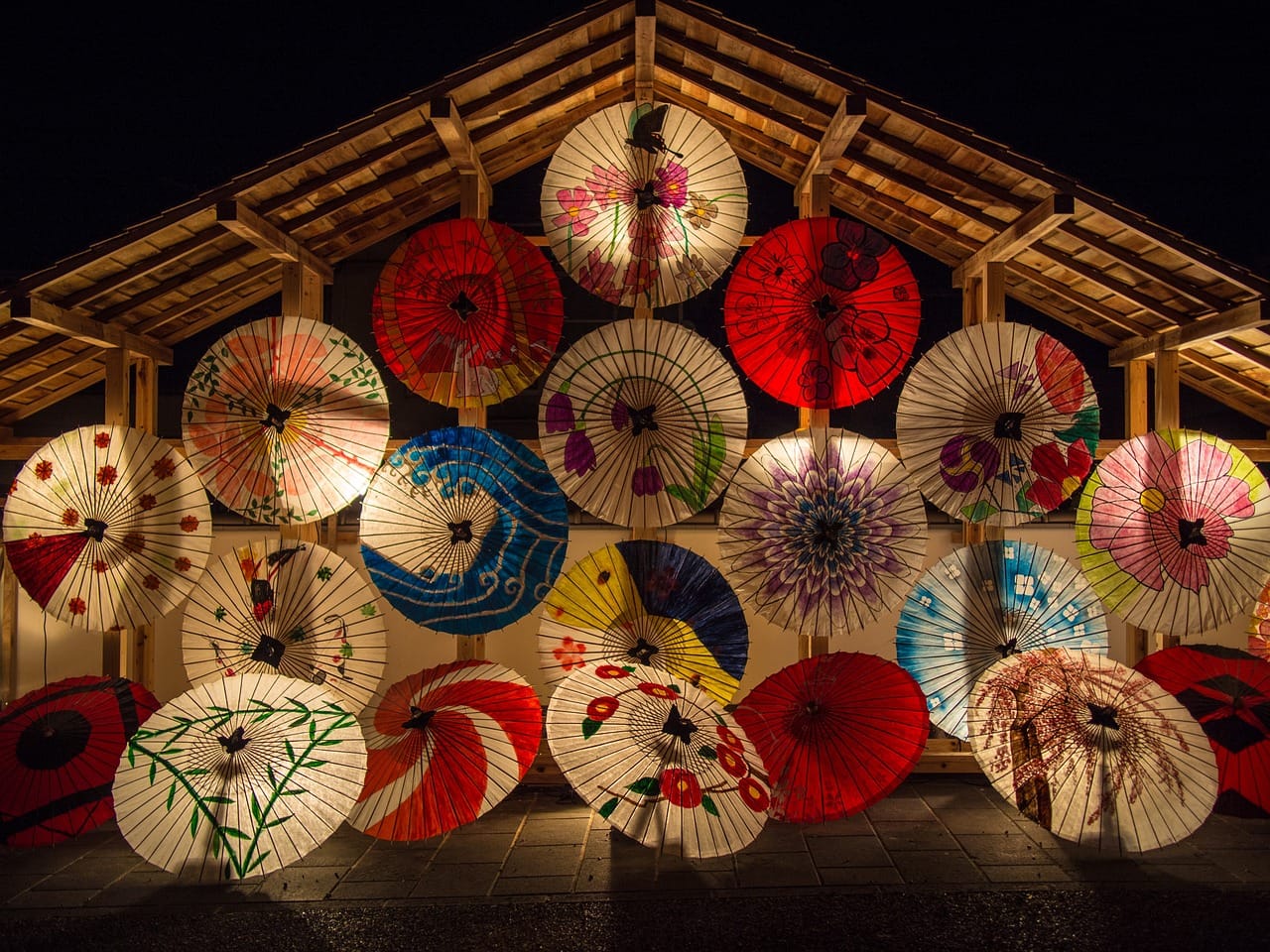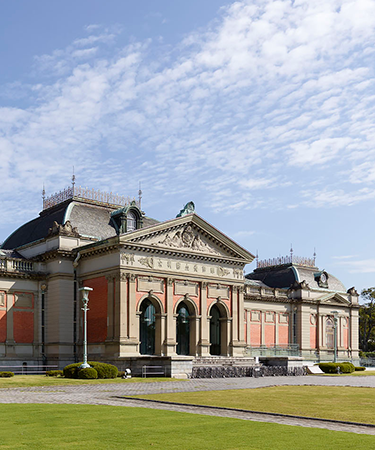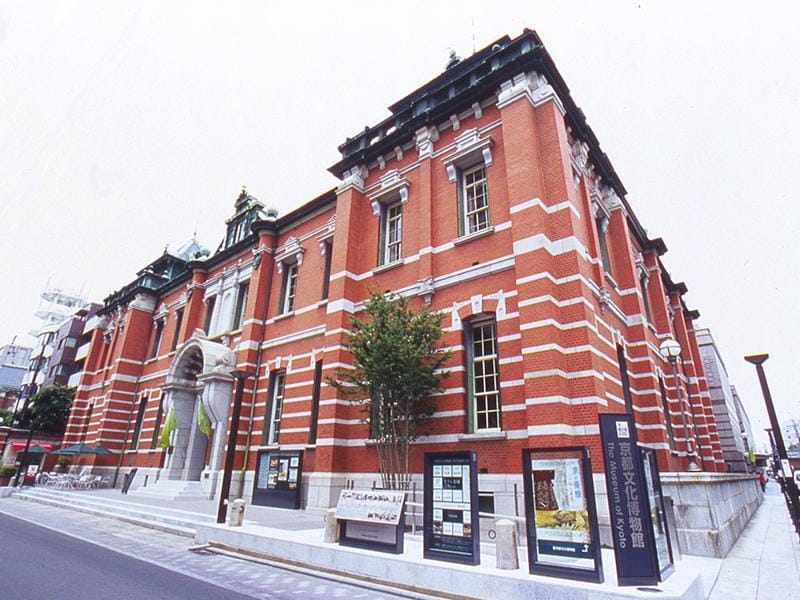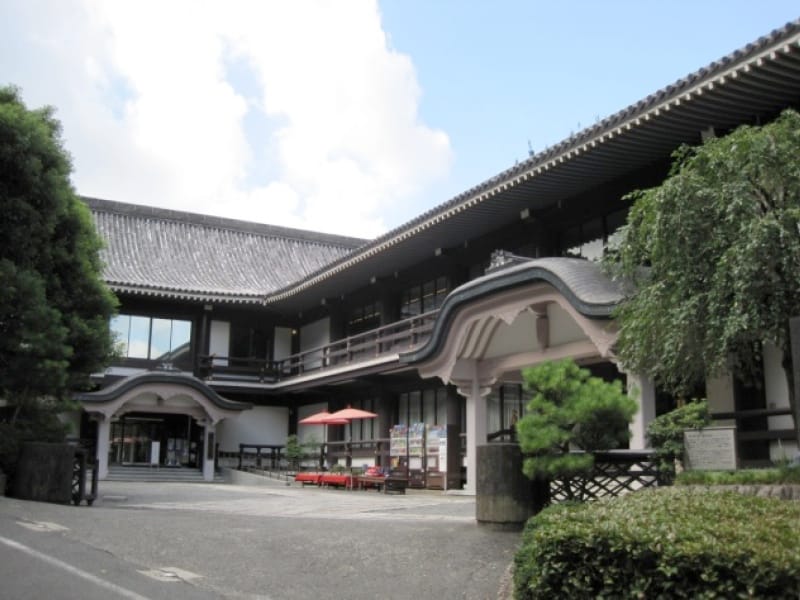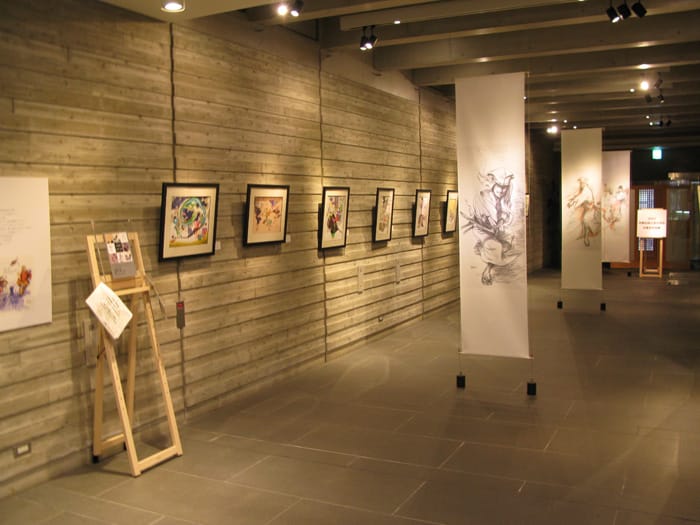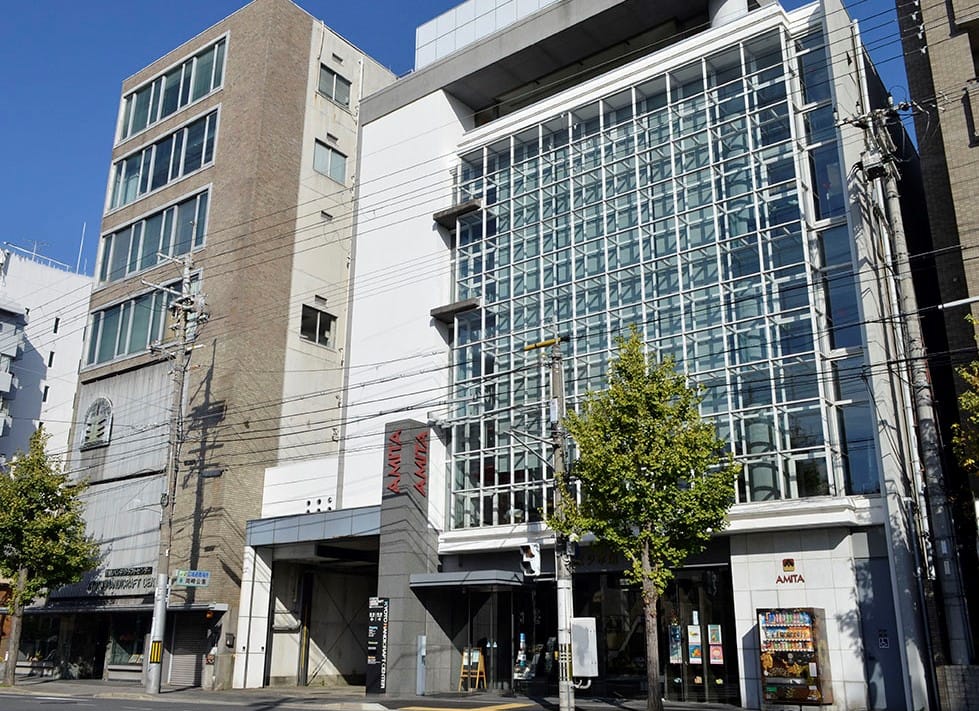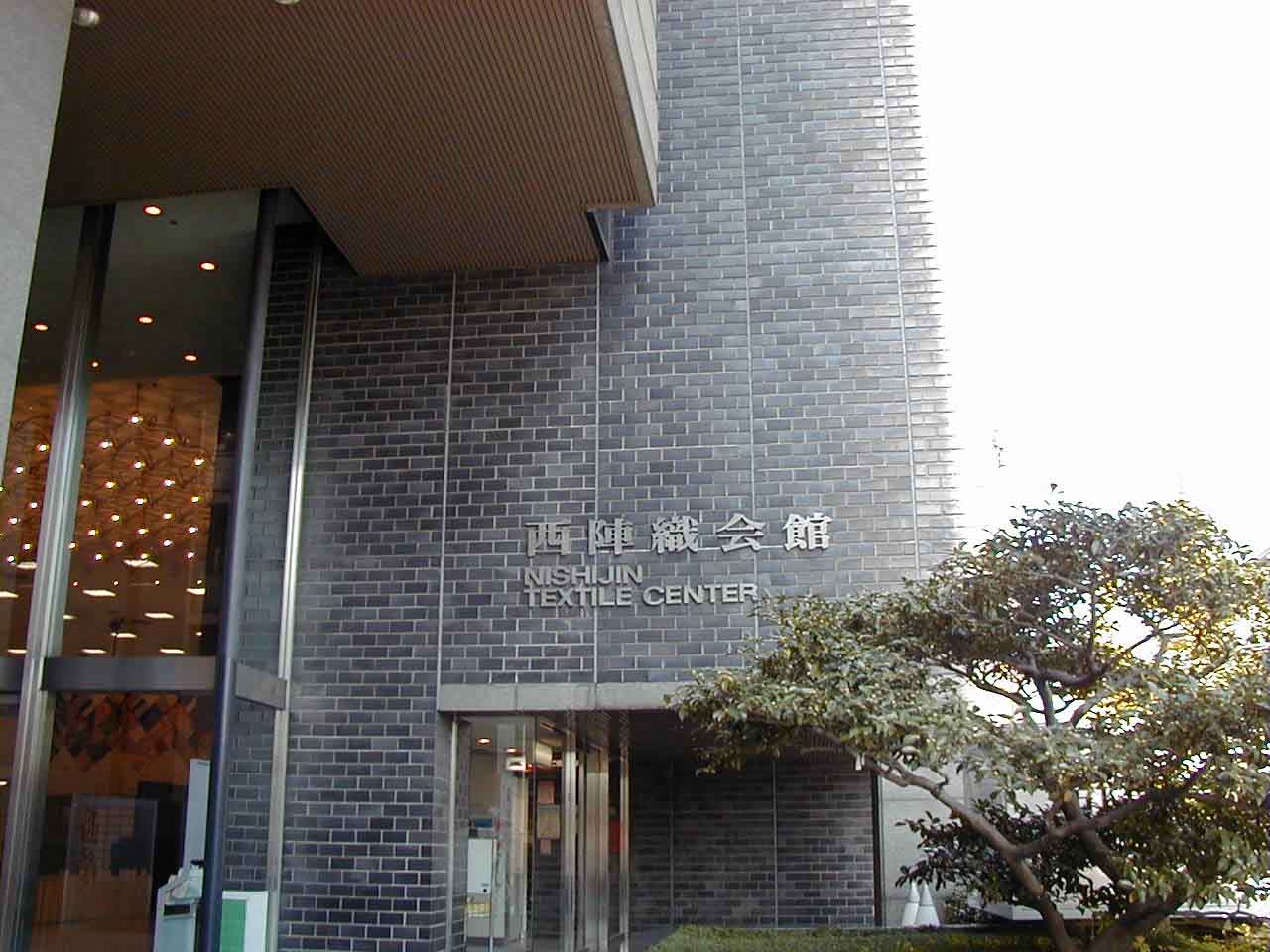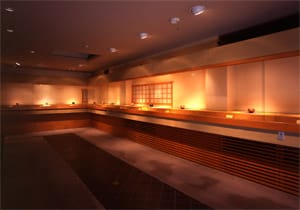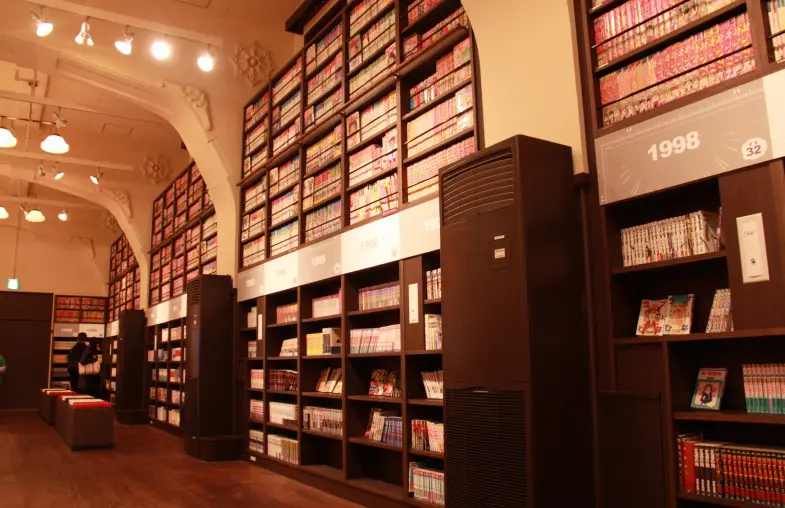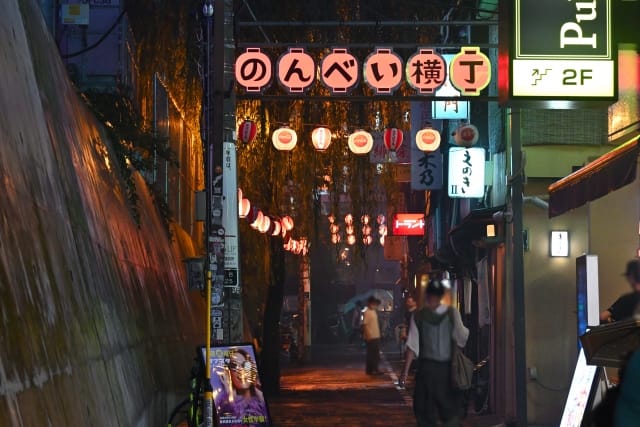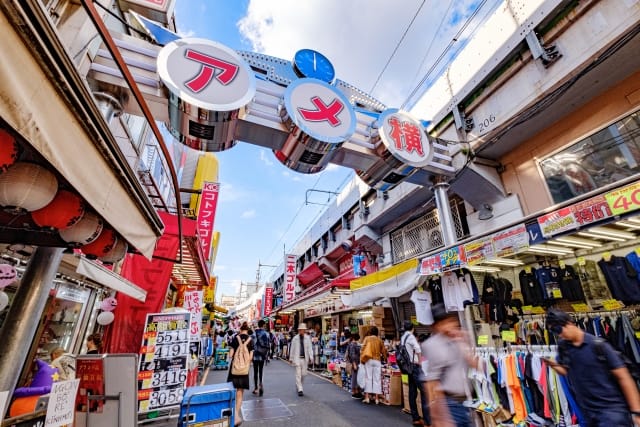The Best Museums to Visit in Kyoto
I visited Kyoto several times between August and October 2024. I'm updating this article to share the new charms of Kyoto I discovered and to recommend the latest spots worth visiting. In this update, I've also included the newest information about Kyoto for 2025.
Another reason for this update is the growing interest in tours that allow visitors to fully experience Kyoto's traditions and culture.
Due to Kyoto's deep history and traditions, first-time visitors often find it challenging to explore the city efficiently while gaining a deeper understanding. This has led to increasing popularity of guided tours like those offered by Magical Trip, where local guides help tourists navigate the city.
Notably, Magical Trip's tour, which was ranked No.1 among all tours on Tripadvisor in 2024, is experiencing high demand in 2025.

For those interested in Kyoto's traditions and culture, we recommend the following tours where you can experience authentic Kyoto tea ceremonies and Zen meditation:
• Kyoto Tea Ceremony & Kiyomizu-dera Temple Walking Tour
• Kyoto Zen Meditation & Garden Tour at a Zen Temple, including a traditional vegetarian lunch
If you love visiting shrines and temples, try the "Fushimi Inari Hidden Hiking Tour" to discover the hidden charms of Fushimi Inari Shrine.
Whichever tour you choose, it's sure to be an unforgettable experience!
Introduction
Kyoto, the former capital of Japan where emperors resided for over 1000 years, is the most traditional city in Japan. With its long history, Kyoto has been a birthplace of various arts and crafts since ancient times.
Many crafts from other regions also originated from Kyoto, making it the place that laid the foundation for traditional Japanese crafts. In the past, artisans from all over the country gathered in Kyoto, honing their skills and developing traditional culture.
Even today, Kyoto is said to be the second city in Japan, after Tokyo, with the most traditional crafts. In this article, we'll introduce Kyoto museums where you can enjoy and gain a deeper understanding of these traditional crafts.
Fushimi Inari-taisha Shrine, famous for its Senbon-torii, is a must-see sightseeing spot when visiting Kyoto.
In fact, did you know that there are two different courses around Fushimi Inari Taisha: a 30-minute course that allows you to see only the must-see spots, and a 2-hour course that allows you to fully enjoy the attractions of the area?
For more details, please see below!
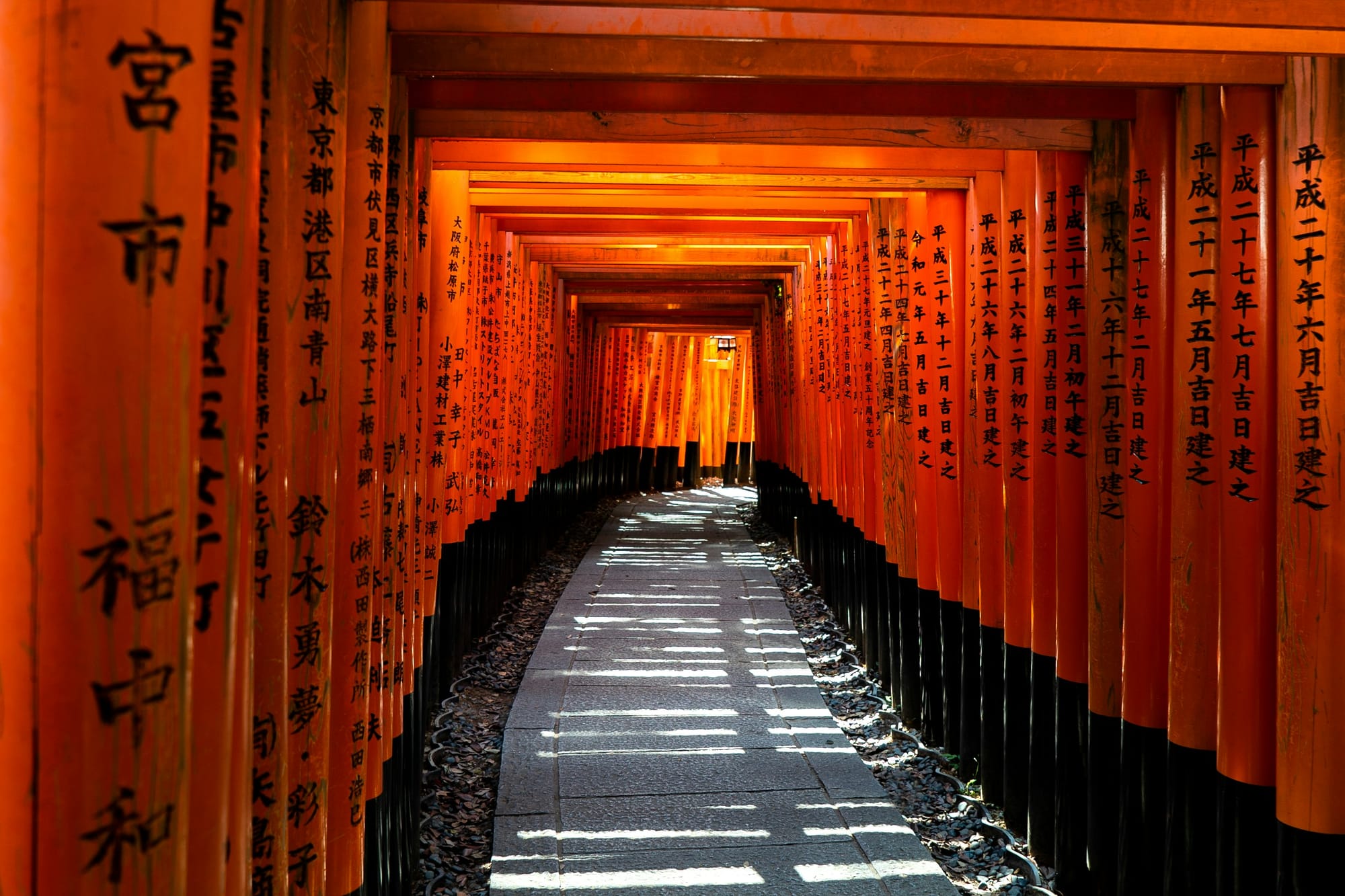
"Museums" are the best way to understand the charm of Kyoto's long history and traditions
In Kyoto, there are not only museums where you can learn about history but also many museums specializing in specific crafts and cultures. Of the 17 craft items made in Kyoto, 14 were born during the era when Kyoto was the capital. The number and variety of museums related to traditional crafts in Kyoto are particularly impressive. Kyoto's crafts, which have greatly influenced crafts in other prefectures, can be considered the parent of traditional Japanese crafts.
There are also museums related to modern Japanese entertainment such as movies and manga, allowing you to learn about Kyoto's culture from various angles. In this article, we'll introduce representative Kyoto museums in each category.
3 Museums where you can deeply understand Kyoto's history
Kyoto National Museum
source: Official website
The Kyoto National Museum is an absolute must-visit spot when discussing Kyoto's traditional culture. With the concept of "preserving and passing on traditional culture while making it enjoyable for everyone," it mainly exhibits art pieces and cultural properties collected over about 1,000 years.
What's particularly noteworthy is its overwhelming collection size. The approximately 14,600 cultural properties boast an unparalleled scale in Kyoto. Especially popular is the national treasure "Wind God and Thunder God Screens." The powerful depiction of the wind god and thunder god on gold-leafed folding screens is incredibly impressive. I was overwhelmed by this energetic piece.
The masterpiece "Amanohashidate" by Sesshu, a representative Japanese ink painting artist, is also here. Moreover, Rodin's famous work "The Thinker" is displayed in the courtyard. One of the charms of this museum is that you can enjoy a wide range of exhibits, from paintings and sculptures to historically valuable swords and ceramics that convey Kyoto's culture.
- Address: 527 Chaya-cho, Higashiyama-ku, Kyoto City
- Closed: Mondays
- Phone: 075-525-2473
- Hours: Tue-Thu, Sat, Sun 9:30 - 17:00 Fri 9:30 - 20:00
- Official website
Kyoto Museum of Culture
The Kyoto Museum of Culture is a facility that introduces the history and culture of Kyoto.
On the second floor of the main building, valuable artifacts and cultural properties from Kyoto's 1,200-year history are displayed. It's designed to be visually understandable through paintings and videos. There are also special exhibitions related to the "Gion Festival," Kyoto's largest festival, and introductions to the lives of shoguns. For those interested in Kyoto's festival culture, the second floor is a must-see.
In the theater room on the third floor, classic Japanese films are sometimes screened! The fourth floor mainly features special exhibitions, ranging from traditional craft exhibitions and ukiyo-e displays to unique projects focusing on subcultures.
For a break, I recommend my favorite spot, the "Roji Stores" which recreate old Kyoto townscapes! Also, don't miss the annex, which is designated as an important cultural property and is a representative work of modern architecture.
- Address: Sanjo Takakura, Nakagyo-ku, Kyoto City
- Closed: Mondays
- Phone: 075-222-0888
- Hours: 10:00 - 19:30
- Official website
Ryozen Museum of History
source: Kokugakuin University
The Ryozen Museum of History is a unique museum where you can learn in detail about Japanese history from the Edo period when samurai flourished to the Meiji period when the modern era began. The special exhibitions introduce this turbulent era from innovative perspectives.
In the permanent exhibition, there are numerous relics and materials from famous samurai who left their names in Japanese history, presented from both the perspectives of the shogunate and the groups trying to overthrow it. The biggest highlight is the "sword that killed Ryoma Sakamoto," one of the most active samurai of this era. The models recreating important events are so elaborate that I trembled just looking at them. With abundant videos and experience corners, it's designed to be enjoyable even for those not familiar with Japanese history.
Don't forget to take a photo with the life-sized panels of samurai! This is an absolute must-visit museum for sword enthusiasts and Shinsengumi fans!
During limited-time exhibitions, precious items that are usually not on display also appear. If you're interested in Japanese history, try to visit when these limited-time exhibitions are being held.
- Address: 1 Ryozan-cho, Seikanji, Higashiyama-ku, Kyoto City
- Closed: Mondays
- Phone: 075-531-3773
- Hours: 10:00 - 17:30
- Official website
5 Museums where you can experience Kyoto's traditional crafts
Gallery of Kyoto Traditional Arts&Crafts
source:Official website
Gallery of Kyoto Traditional Arts&Crafts was opened to spread the excellence of Kyoto's traditional crafts both domestically and internationally. It plays an important role in connecting craftsmen who create crafts with the people who use them. Inside the museum, various types of crafts are displayed, including sculptures, ceramics, lacquerware, and Japanese paper, and you can also see works by students and instructors from the Kyoto Traditional Craft University.
The production demonstration corner on the third floor is a must-visit. Here, craftsmen demonstrate the creation of crafts on a weekly rotation. When I visited, they were making "Kyo-yuzen," a traditional Kyoto dyeing technique. The sight of the craftsman quickly and skillfully painting intricate patterns was magnificent, making me strongly realize how high the skill level is and how important it is to preserve this culture.
Be sure to stop by the shop where you can purchase authentic traditional crafts at reasonable prices.
- Address: Karasuma-dori Sanjo-agaru Nishigawa, Nakagyo-ku, Kyoto City
- Closed: Tuesdays and Wednesdays
- Phone: 075-229-1010
- Hours: 10:00 - 17:30
- Official website
Kyoto Museum of Crafts and Design
source:Official website
Kyoto Museum of Crafts and Design is a museum that introduces Kyoto's traditional crafts and their production processes. Here, 74 types of Kyoto's traditional crafts are displayed, from traditional textile products like "Nishijin-ori" and "Kyo-yuzen" to ceramic products like "Kyo-yaki" and "Kiyomizu-yaki."
Each craft is divided into categories, and each corner not only displays actual crafts but also provides panels and videos explaining the production process, as well as experience corners. The exhibition is impressive, allowing you to learn about traditional crafts in a more accessible and enjoyable way.
Here, you can also try creating traditional crafts. I tried my hand at shibori dyeing, a traditional dyeing method! The handkerchief I dyed myself became very dear to me, and it's still my treasure.
The Kyoto Museum of Traditional Crafts is a museum full of interactive elements that can be enjoyed by both children and adults.
- Address: B1F, Kyoto City Kangyokan Miyakomesse, 9-1 Okazaki Seishoji-cho, Sakyo-ku, Kyoto City
- Closed: Mondays
- Phone: 075-762-2670
- Hours: 10:00 - 18:00
- Official website
Kyoto Handicraft Center
source:Official website
The Kyoto Handicraft Center is a shop that handles various crafts not only from Kyoto but from all over Japan. From authentic products like kimono, hanging scrolls, Japanese dolls, and swords to Japanese-style accessories, T-shirts, incense, and sake, items that give a sense of Japan are all gathered here.
In this shop, you can also watch a demonstration of "Kyo Zogan" production. Zogan is a traditional technique of carving patterns into metal or wood and inlaying different materials. Kyoto's zogan, which inlays gold or silver into iron and finishes it with lacquer, is a masterpiece craft with a particularly beautiful contrast between jet black and metal. I bought a pair of Kyo Zogan earrings here as a gift for my mother, and she was delighted.
If you're looking for Japanese-style souvenirs, the Handicraft Center is the place to go!
- Address: 17 Shogoin Entomi-cho, Sakyo-ku, Kyoto City
- Closed: None
- Phone: 075-761-8001
- Hours: 10:00 - 19:00
- Official website
Nishijin Textile Center
source:Official website
Nishijin-ori is a traditional silk fabric made in the Nishijin area of Kyoto, characterized by delicate designs woven from colorful threads. At the Nishijin Textile Center, you can not only learn about Nishijin-ori but also try on Kimono made of Nishijin-ori and experience the production process.
In the exhibition room, the entire process from silkworms producing thread to the completion of Nishijin-ori is explained using videos and dioramas, designed to be understandable even for small children.
What I enjoyed the most here was the experience of wearing geisha costumes. After getting makeup done and standing in front of the camera, you feel completely like a geisha! There's also a lot to see, such as Nishijin-ori from various eras, and kimono dressing lessons are held, making it a facility full of attractions.
The souvenir corner sells not only Nishijin-ori kimono and obi but also small items like ties and bags. Please try to find a souvenir that will be a memento of your trip.
- Address: Horikawa-dori Imadegawa Minami-iru Nishigawa, Kamigyo-ku, Kyoto City
- Closed: Mondays
- Phone: 075-451-9231
- Hours: 10:00 - 16:00
- Official website
Raku Museum
source: Official website
Raku ware, a simple yet substantial pottery that reflects the traditional Japanese aesthetic concept of wabi-sabi. The Raku Museum was built next to the "Raku family" kiln, the origin of Raku ware, to pass on the 450-year tradition to the next generation.
Each era has a different character, and you can immerse yourself in the world of pottery while comparing them. The surface of the hand-molded pottery is rough yet quiet and profound, looking like a small universe. I particularly like the works of the 15th generation, which are traditional yet unique. Special exhibitions on various themes are frequently held, and there are wonderful discoveries to be made with each visit.
The exhibition method and interior of the museum also reflect the world of wabi-sabi, providing a relaxing time.
If the timing is right, please try to participate in the special tea ceremony. It's a precious opportunity to actually handle and enjoy masterpieces of Raku ware.
- Address: Aburanokoji-dori Ichijo-sagaru, Kamigyo-ku, Kyoto City
- Closed: Mondays
- Phone: 075-414-0304
- Hours: 10:00 - 16:30
- Official website
If you are interested in Kyoto Traditional Crafts, check the article below! I summarized how and where you can enjoy Kyoto Traditional Crafts as much as possible.

2 Museums recommended for Japanese entertainment lovers
Kyoto International Manga Museum
source: Official website
Manga, now recognized worldwide as a representative Japanese culture, has its museum in Kyoto. The Kyoto International Manga Museum is Japan's first museum specializing in manga. About 50,000 manga books from around 1970 to the present can be freely browsed, and once you enter, you can read as much as you want all day!
On sunny days, I like to lie down on the lawn outside the museum and read manga. Since this is a museum, you can also learn about the history of manga and the production process. With a rich collection of overseas comics and manga translated into multiple languages, even those who can't read Japanese can enjoy it!
Furthermore, events like cosplay events and anime character painting experiences are frequently held, making it an irresistible facility for subculture enthusiasts. The Kyoto International Manga Museum is like an amusement park where you can enjoy yourself all day.
- Address: Karasuma-dori Oike-agaru, Nakagyo-ku, Kyoto City
- Closed: Wednesdays
- Phone: 075-254-7414
- Hours: 10:00 - 17:00
- Official website
If you are interested in Anime & Manga Pilgrims, check the article below! I summarized Anime & Manga Pilgrims I recommend and how I felt each Pilgrims.
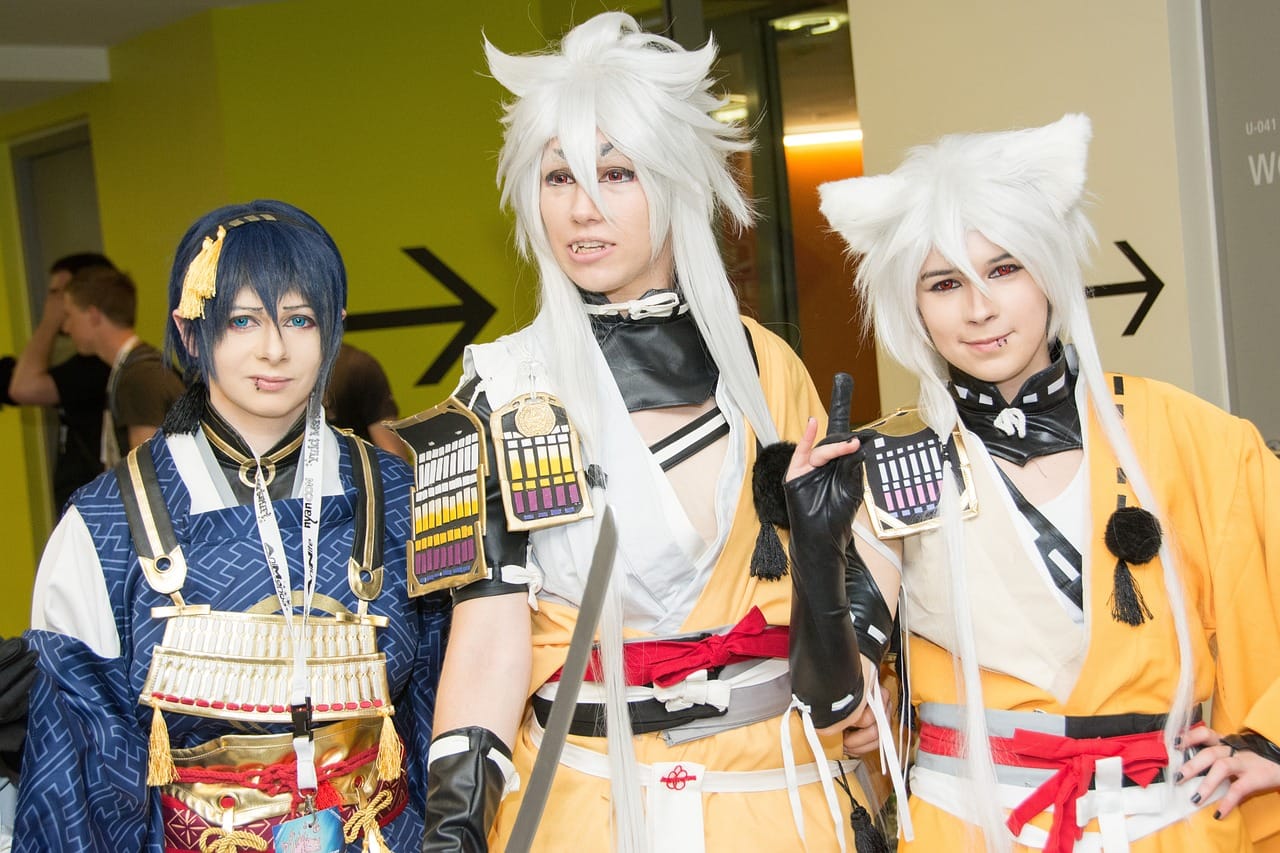
Toei Kyoto Studio Park
source: Official website
Toei Kyoto Studio Park is a theme park where you can enjoy the world of movies and television. Over 2,000 movies have been filmed here, and if the timing is right, you can even observe filming. The popular "Ninja House" is full of fun tricks like passing through walls and finding hidden passages.
What I liked the most was the "Sky Climbing Ninja Climb." I got completely absorbed in playing like a child, climbing towers and jumping from tree to tree. The powerful samurai show and street performances were also very enjoyable. Also, while I'm too scared to try it, the haunted house here is famous for being very frightening. If you're brave, please give it a try.
At Toei Kyoto Studio Park, please enjoy the attractions while wearing samurai or ninja costumes! It's a facility that can be enjoyed by families, friends, or couples.
- Address: 10 Uzumasa Higashihachigaoka-cho, Ukyo-ku, Kyoto City
- Closed: None
- Phone: 075-864-7716
- Hours: March to January 9:00 - 17:00, February 10:00 - 17:00 *There are other irregular days
- Official website
